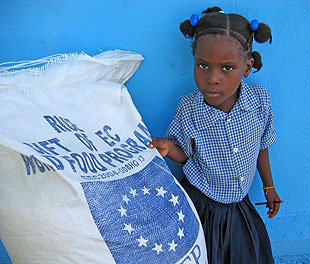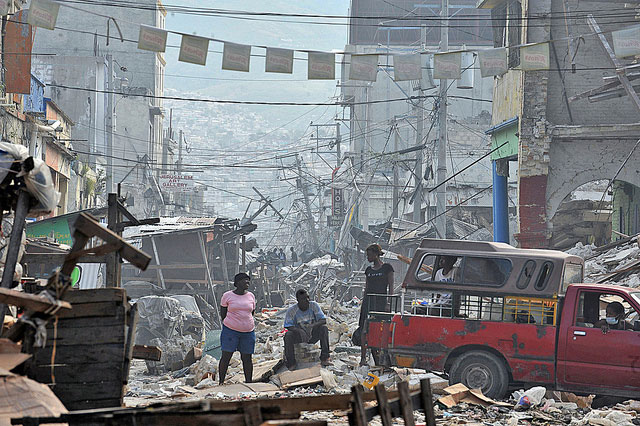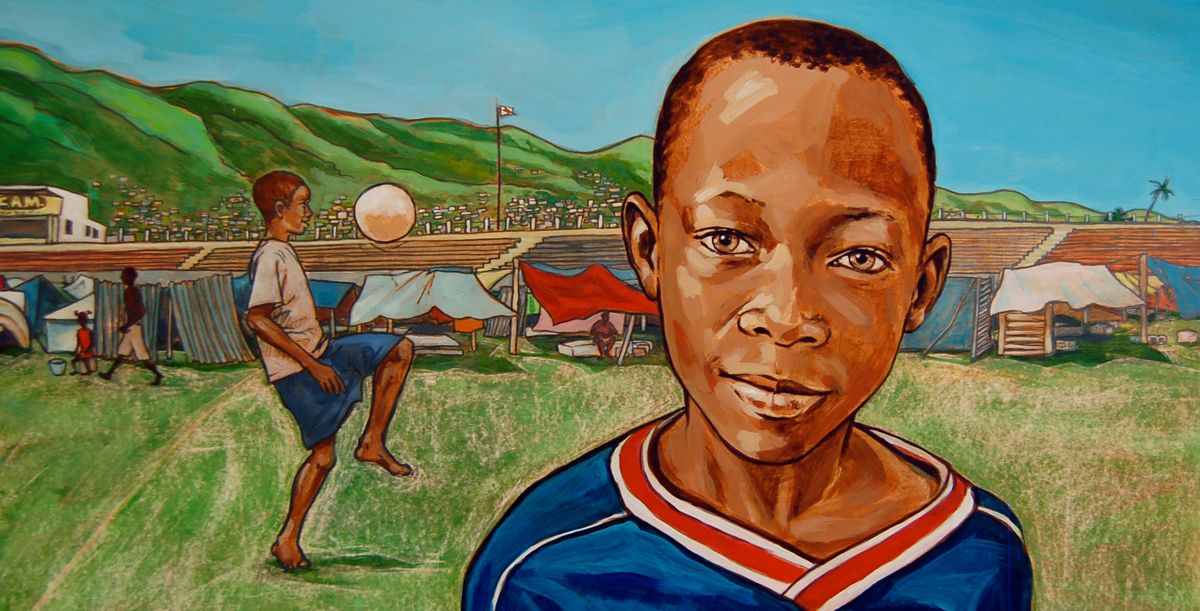 Our planet is entering the new century with fully 1.3 billion people living on less than one dollar a day. Three billion people, or half the population of the world, live on less than two dollars a day. Yet this same planet is experiencing unprecedented economic growth. The statistics that describe the accumulation of wealth in the world are mind-boggling. From where we sit, the most staggering statistics of all are those that reflect the polarization of this wealth. In 1960 the richest 20% of the world’s population had 70% of the world’s wealth, today they have 86% of the wealth. In 1960 the poorest 20% of the world’s population had just 2.3% of the wealth of the world. Today this has shrunk to just barely 1%.
Our planet is entering the new century with fully 1.3 billion people living on less than one dollar a day. Three billion people, or half the population of the world, live on less than two dollars a day. Yet this same planet is experiencing unprecedented economic growth. The statistics that describe the accumulation of wealth in the world are mind-boggling. From where we sit, the most staggering statistics of all are those that reflect the polarization of this wealth. In 1960 the richest 20% of the world’s population had 70% of the world’s wealth, today they have 86% of the wealth. In 1960 the poorest 20% of the world’s population had just 2.3% of the wealth of the world. Today this has shrunk to just barely 1%.
Imagine that the five fingers of your hand represent the world’s population. The hand has $100 to share. Today the thumb, representing the richest 20% of the world’s population, has $86 for itself. The little finger has just $1. The thumb is accumulating wealth with breathtaking speed and never looking back. The little finger is sinking deeper into economic misery. The distance between them grows larger every day.
Behind the crisis of dollars there is a human crisis: among the poor, immeasurable human suffering; among the others, the powerful, the policymakers, a poverty of spirit which has made a religion of the market and its invisible hand. A crisis of imagination so profound that the only measure of value is profit, the only measure of human progress is economic growth.
We have not reached the consensus that to eat is a basic human right. This is an ethical crisis. This is a crisis of faith.
Teaching Ideas
Have students hold out one of their hands and use their fingers to illustrate global inequality, as Aristide suggests in the reading. Student volunteers might go to the front of the class to represent the “hand of wealth.”

Jean-Bertrand Aristide
In the reading, Jean-Bertrand Aristide employs several metaphors to get us to picture global reality: hands, the machine, the market, a morgue table. Encourage students to brainstorm additional metaphors that express important insights about globalization and to complete metaphorical drawings.
Discuss: Why couldn’t Haitian rice farmers compete with U.S. rice farmers? Is destruction of Third World agriculture and industries an inevitable consequence of free trade? Why or why not? Elsewhere in Aristide’s book, Eyes of the Heart — from which this reading is drawn — he describes a “third way” for poor countries like Haiti. What might that third way look like?
Reprinted from the introduction to Rethinking Globalization, a Rethinking Schools publication.
More Resources
- Article by Jean-Bertrand Aristide, Guardian – UK. February 4, 2011: On my return to Haiti…
- Classroom resources on Haiti on Teaching for Change‘s website.










Twitter
Google plus
LinkedIn